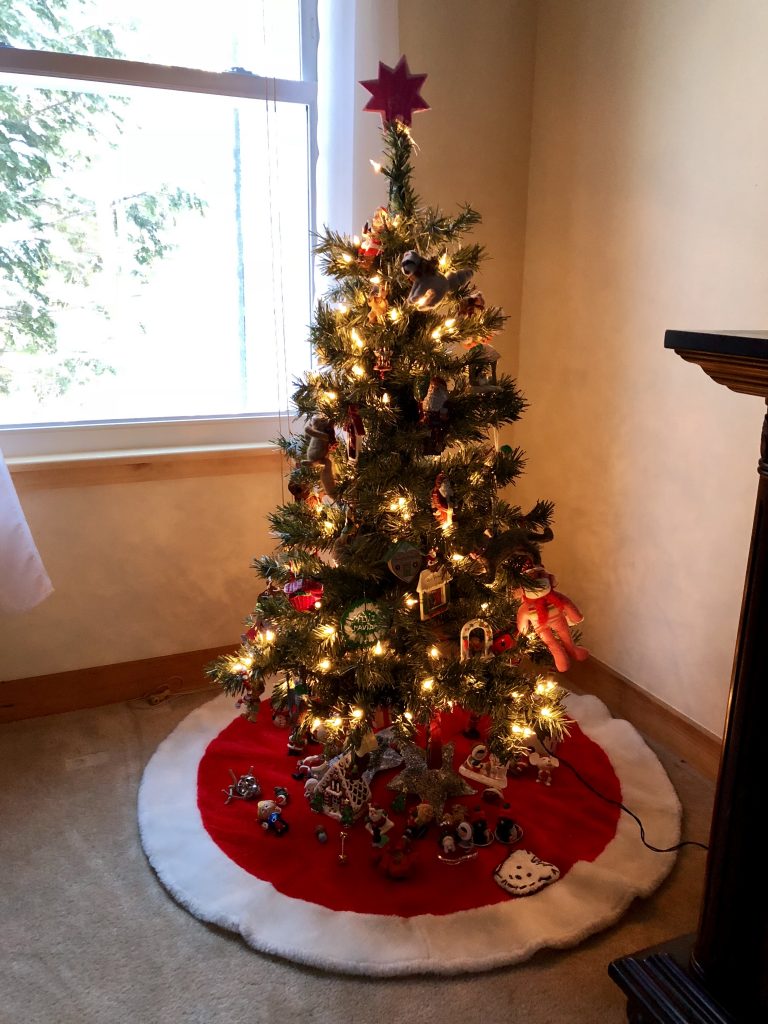Special meaning of Polish Christmas traditions Posted by Kasia on Dec 25, 2017 in Culture
In Poland, Advent is the beginning of Christmas Time. It’s a time when people try to be peaceful and remember the real reason for Christmas. People try not to have excess of anything. Some people give up their favorite foods or drinks and parties and discos are not widely held. Some people also go to Church quite frequently. There is the tradition of the ‘roraty’, special masses (or communion services) held at dawn and dedicated to Mary for receiving the good news from the angel Gabriel.
During Advent, people also prepare their houses for Christmas. There’s lots of cleaning and people wash their windows and clean their carpets very thoroughly. Everything must be clean for Christmas day! Well, I have to admit I do not follow this tradition…It’s hard to clean your windows in a freezing New England weather:)
Before Christmas, children in schools and preschools take part in “Jasełka” (Nativity Plays). They are very popular and often more secular than religious. The Christmas story is also sometime put into modern times.
Christmas is a time for family feasting and resting after few days of preparing festive meals. The first star, beautiful Christmas tree and opłatek are one of symbols of Christmas in Poland. Christmas lasts three days. The first one, and in practice the most significant is of course Christmas Eve, in Polish: Wigilia Bożego Narodzenia. A number of traditions is associated with Wigilia. A Christmas Eve supper (Wieczerza Wigilijna) is vegetarian and considered one of the most important meal in the year. December 25 is called Boże Narodzenie (God’s birth) or Pierwszy Dzień Świąt (The First Christmas Day); while on December 26 Poles have Drugi Dzień Świat (Second Christmas Day).
Traditional Holy Mass is celebrated on the night of 24 to 25 December. This is very important one in Polish culture, so that it has its own name – Pasterka. Even the Poles, who are not practicing Catholics, go to the church at midnight to attend the traditional midnight mass. And churches are usually full. Another tradition is The Stable / The Crib – ‘Stajenka’ or ‘Szopka’. Jesus was born in the stable and at Christmas time, all churches organize small stables inside, with figures of a newborn Jesus, Virgin Mary, St. Joseph, animals and other. A great attraction for children.
Lots of different amazing traditions I miss very much!

Build vocabulary, practice pronunciation, and more with Transparent Language Online. Available anytime, anywhere, on any device.




